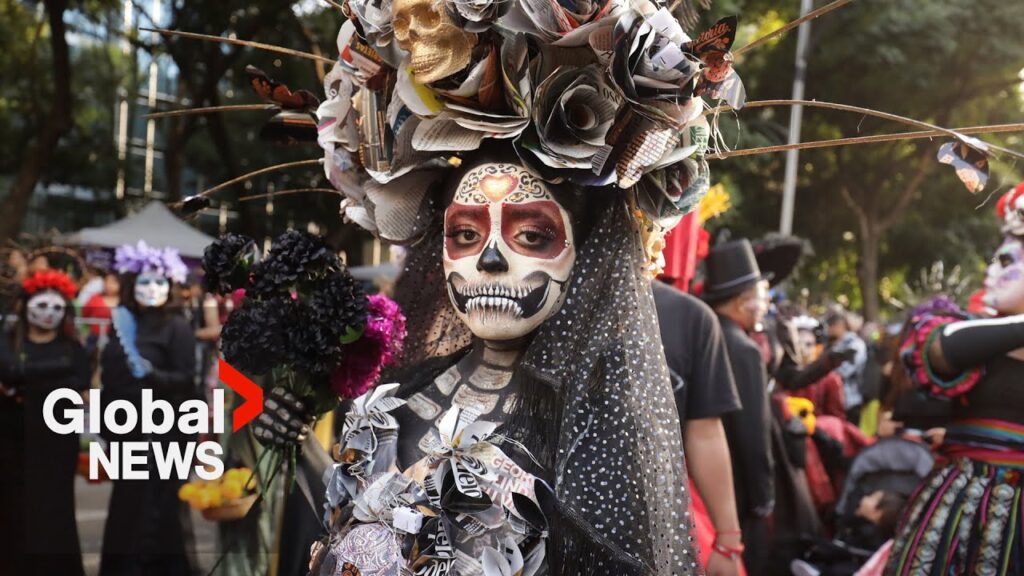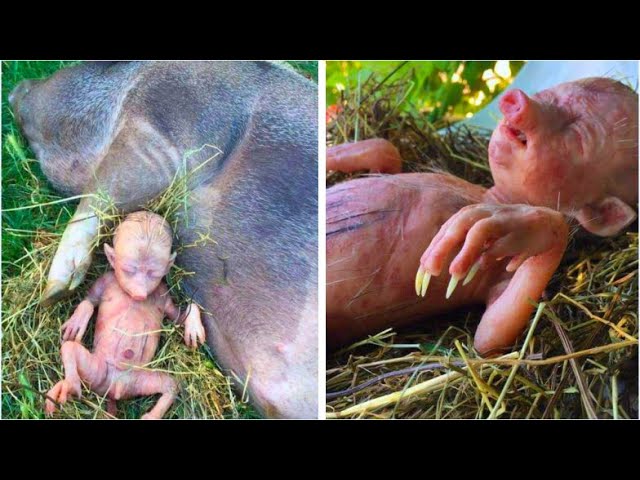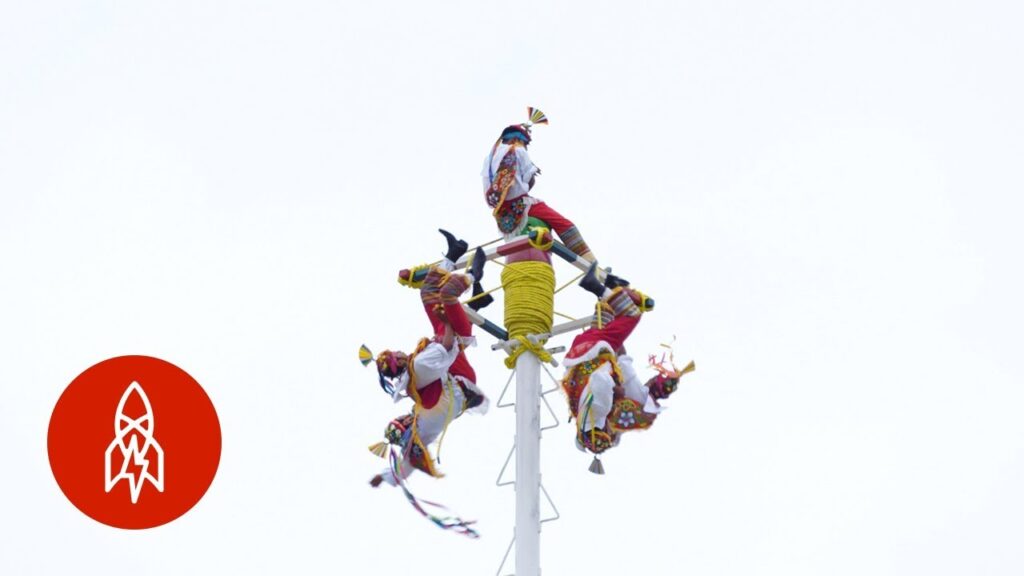Experience the Unique Night of the Dead Festival in Xochitla
Immerse yourself in a vibrant tapestry of tradition and culture at the Night of the Dead Festival in Xochitla. This enchanting event transforms the park into a colourful celebration of life and remembrance. Families gather around ornate ofrendas – altars adorned with marigold flowers, candles, and the favourite foods of late relatives – to honour their loved ones who have passed away. The heartwarming scents of traditional dishes and the soft glow of candlelight create an atmosphere of solemnity and joy, offering a unique perspective on the iconic Día de Muertos customs.
As night falls over Xochitla, the festivities come alive with a multitude of performances that highlight the rich folklore of Mexico. Folkloric dancers wearing elaborate costumes take to the stage, moving gracefully to the rhythmic beats of mariachi bands. The entire park buzzes with the energy of live music, laughter, and storytelling. The highlight is the spectacular display of papel picado, delicate paper cut-outs that flutter in the evening breeze, symbolizing the wind’s role in life’s cycle. It’s a mesmerizing display not to be missed.
The Night of the Dead at Xochitla is not just a festival; it’s an interactive experience that encourages visitors to participate. Join in the traditional face painting, mirroring the skeletal figures known as Catrinas, and become part of the celebration. Take part in workshops that teach the art of making your own ofrenda or try your hand at crafting a traditional sugar skull. With a rich schedule of activities, the Night of the Dead in Xochitla offers a unique opportunity to dive into the heart of Mexican culture and experience a night filled with wonder, history, and enchantment.
Giant Skulls Night Show: A Highlight of Mexico’s Festivities
Mexico’s vibrant culture is vividly displayed through its many colorful festivals, but none as visually striking as the Giant Skulls Night Show. Held annually in various towns and cities across Mexico, this event is a testament to the country’s rich traditions and fascination with life and death. The show coincides with the widely celebrated Día de los Muertos, or Day of the Dead, and serves as an awe-inspiring attraction for both locals and tourists alike.
At the heart of the celebration are the spectacular giant skulls, known locally as «calaveras gigantes.» These handcrafted masterpieces tower above the crowds, with some reaching several meters in height. Artists and community members come together to build these fantastic creations, often spending months on the intricate designs that feature bold colors and elaborate patterns. This artistic expression captures the essence of Mexican folklore, epitomizing the playful nature of ancestral memories and the belief in the cyclical nature of life.
The night comes alive as these colossal figures are paraded through the streets, accompanied by live music, traditional dances, and a tapestry of fireworks painting the sky. Each skull tells a story, reflecting themes such as historical events, popular culture, or social commentary. This dynamic tableau not only entertains but educates spectators on the depth of Mexican cultural identity and its pre-Columbian roots enhanced by Spanish colonial influence.
As attendees experience the Giant Skulls Night Show, they’re immersed in a sensory spectacle that blurs the line between the living and the departed. The show fosters a communal atmosphere, drawing everyone into a shared narrative of celebration and remembrance. This unique tradition is steadily gaining fame worldwide, beckoning adventure seekers and culture enthusiasts to partake in one of Mexico’s most exhilarating festivities.
Discover the Traditions and Celebrations of Mexico’s Famous Night of the Dead
The Night of the Dead, or ‘Noche de Muertos,’ is a vibrant festival celebrated in Mexico, especially in regions like Michoacán, where communities gather to honor their departed loved ones. This tradition, deeply rooted in indigenous beliefs as well as Catholic customs, offers a unique fusion that captivates the hearts of both locals and visitors from around the world. On the eve of November 1st and 2nd, it’s believed that the spirits of the deceased return to the world of the living to enjoy the offerings prepared for them in a celebration of remembrance and continuity of life.
At the core of these celebrations are the beautifully adorned altars, or ‘ofrendas,’ which are meticulously crafted with various symbolic items. Families decorate these altars with cempasúchil flowers, candles, incense, and photos of the departed. Each offering has a special significance – the scent of the marigolds and the light of candles guide the spirits, while food and personal objects are there to rejoice the souls with the essence of life’s pleasures. These altars are not only found in homes but also in cemeteries, public spaces, and historical landmarks, turning them into communal art pieces that tell a tale of love and heritage.
In addition to the intimate family gatherings, many towns host public festivities that showcase the richness of Mexican culture through music, dance, and elaborate costumes. The emblematic figure of La Catrina, elegantly dressed in a wide-brimmed hat and fancy attire, represents the humor and familiarity with death that characterizes Mexican culture. Parades featuring people dressed as skeletons remind celebrants that death is a part of life’s cycle, to be acknowledged with joy rather than fear. Street fairs are abound with traditional foods such as tamales, pan de muerto (bread of the dead), and calaveritas (sugar skulls), linking culinary delights with the spirit of the occasion.
For those seeking to truly immerse themselves in the Night of the Dead, participating in local customs such as visiting cemeteries at night can be an extraordinary experience. Under the moonlight, graves are lavishly decorated, and families spend hours, sometimes the entire night, beside their ancestors’ resting places, often with music playing and stories being shared. This serene vigil is a profound manifestation of the Mexican view on the afterlife, which holds that death is not an end but a natural phase in the continuum of existence, to be greeted with respect, fondness, and celebration.
Exploring the Cultural Significance of the Night of the Dead Festival in Xochitla
The Night of the Dead, or ‘Noche de Los Muertos’, in Xochitla is not just an annual event but a profound embodiment of Mexico’s ancient cultural philosophy concerning life and death. Held on the 1st and 2nd of November, this festival dovetails with the Catholic observances of All Saints’ Day and All Souls’ Day, harmoniously blending indigenous pre-Hispanic traditions with Christian elements. Xochitla’s celebration is a vibrant tapestry of rituals and customs that honor the deceased, inviting them back to the world of the living for a night of reunion and reminiscence.
At the core of the festivities are the ornately decorated altars, known as ‘ofrendas’. These are not mere displays but intimate offerings that reflect the heart of Mexican familial connections. Each ofrenda is painstakingly adorned with marigolds, whose vivid orange petals are believed to guide the spirits back home. Families add photographs, favorite foods, and personal mementos of the departed, symbolically sharing the present with those who have passed. This custom facilitates a dialogue across the ethereal divide, underscoring Xochitla’s role as a nexus point for the living and the dead during the Night of the Dead.
Moreover, the festival is a sensory experience, characterized by the melodic tunes of mariachi bands that fill the air amidst the soft glow of countless candles. Traditional dishes such as ‘pan de muerto’ and ‘atole’ are savored, their flavors and aromas contributing to the distinctive atmosphere of the celebration. Participants often don traditional attire and paint their faces in the style of ‘calaveras’ (sugar skulls), embracing the cycle of life represented by the festival. The Night of the Dead in Xochitla thus stands as an influential cultural touchstone, expressing a unique perspective on mortality and commending the enduring bonds of community and family.



